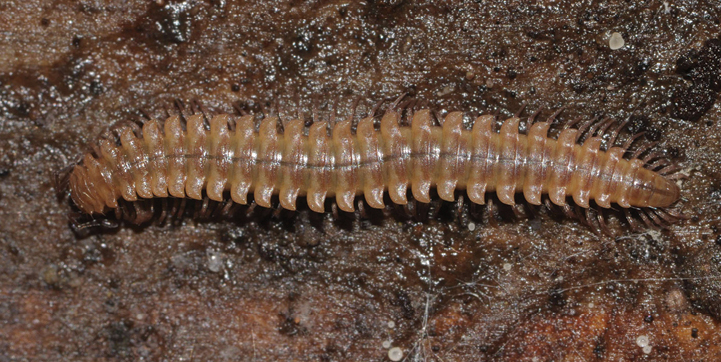|
Tingupidae
Tingupidae is a family of millipedes in the order Chordeumatida. Adult millipedes in this family have 28 or 30 segments (counting the collum as the first segment and the telson The telson () is the hindmost division of the body of an arthropod. Depending on the definition, the telson is either considered to be the final segment (biology), segment of the arthropod body, or an additional division that is not a true segm ... as the last). There are 2 genera and 13 described species in Tingupidae. Genera * '' Blancosoma'' Shear & Hubbard, 1998 * '' Tingupa'' Chamberlin, 1910 References Further reading * * * * Chordeumatida Millipede families {{Millipede-stub ... [...More Info...] [...Related Items...] OR: [Wikipedia] [Google] [Baidu] |
Chordeumatida
Chordeumatida (from the Greek word for "sausage") is a large order of millipedes containing more than 1,400 species. Also known as sausage millipedes, they are found nearly worldwide. Chordeumatida is the largest order in the superorder Nematophora, a group also known as spinning millipedes because their telsons feature spinnerets used to build nests of silk. These millipedes produce this silk to create chambers in which to molt or to lay their eggs. Description Chordeumatidans take on a wide variety of forms, including some that are cylindrical and others that are flat-backed. Most species have 26 to 32 body segments (including the telson) behind the head, with the number usually fixed within species. These millipedes range in length from 3.5 mm to 42 mm, although most species are 10 mm to 25 mm long. They are usually drab in color, ranging from various shades of brown to unpigmented, but some feature distinct patterns. Species in this order share a set of features that dist ... [...More Info...] [...Related Items...] OR: [Wikipedia] [Google] [Baidu] |
Telson
The telson () is the hindmost division of the body of an arthropod. Depending on the definition, the telson is either considered to be the final segment (biology), segment of the arthropod body, or an additional division that is not a true segment on account of not arising in the embryo from teloblast areas as other segments. It never carries any appendages, but a forked "tail" called the caudal furca may be present. The shape and composition of the telson differs between arthropod groups. Crustaceans In lobsters, Caridea, shrimp and other Decapoda, decapods, the telson, along with the uropods, forms the tail fan. This is used as a paddle in the caridoid escape reaction ("lobstering"), whereby an alarmed animal rapidly flexes its tail, causing it to dart backwards. Krill can reach speeds of over 60 cm per second by this means. The Induction period, trigger time to optical stimulus (physiology), stimulus is, in spite of the low temperatures, only 55 milliseconds. In th ... [...More Info...] [...Related Items...] OR: [Wikipedia] [Google] [Baidu] |

